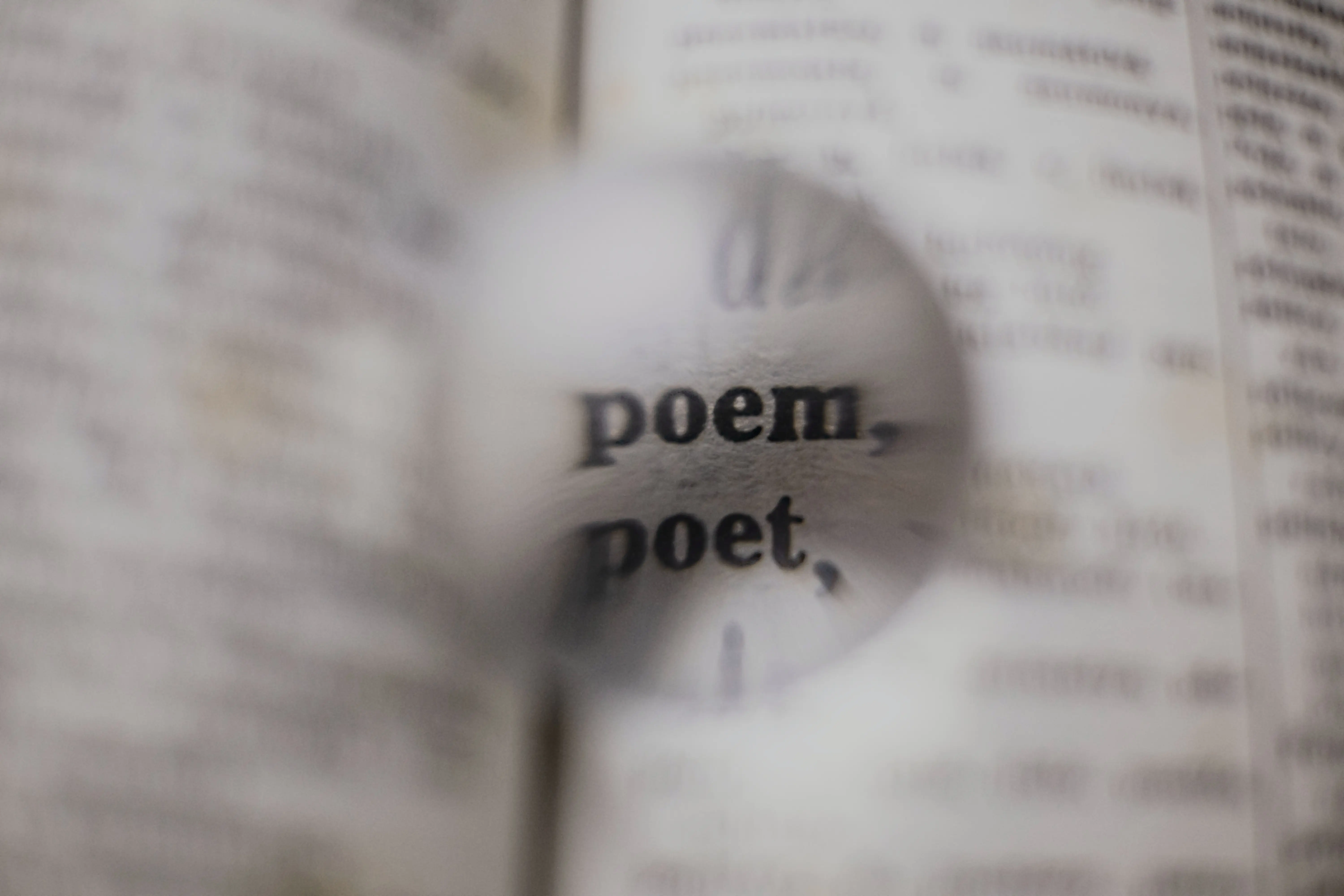The poem “Our Skirt” was written by Kathy Boudin and entails the description of a skirt that of her past life, which connecter Boudin and her mother. In the poem, Kathy Boudin explores the shared understanding between her mother and herself and identifies the means through which the shared skirt represents their connection, relationship, and oneness. “Our Skirt” shows the constant change in the situations of both the poet and her mother starting from when Boudin was fourteen years old while her mother was forty-six years old when Boudin’s mother “gave” her the skirt (Prejean, 2). Throughout the poem, Kathy Boudin highlights the various memories when she wore it for “date after date” and for the dance “at a ninth-grade party” and how it essential to their relationship and connected them eventually, even after Boudin was incarcerated (Prejean, 12-14). The poet finally shows how years have passed since she was gifted with the skirt “from Paris” and how the skirt “has endured” over the years as Boudin visits her “in the prison room.”
The central theme that emerges from the poem “Our Skirt” by Kathy Boudin is the theme of relationship. The poet explores the relationship between her mother and herself in both free and incarcerated states. The mother shows unconditional love to her daughter Boudin when she gives her “the skirt” when Boudin was fourteen. In the later years, when the poet is incarcerated, her mother visits her in “prison” despite the aging between them. Also, there was a mutual “understanding” between the speaker and her mother depicted by when Boudin burned “the skirt.”
Moreover, there is a relationship between the poet and the “skirt” her mother gave her when she was “fourteen” (Prejean, 1). Boudin identifies that she was able to create memories with the skirt despite asserting her “mixed feelings about skirts” “at best” (Prejean, 5). The speaker wore “the skirt” to “date after date” even when she had her “first dinner with a college man.” The speaker was “crushed” when she burned the skirt while ironing (Prejean, 22). Finally, the skirt acts as a central point for the relationship between the mother and Boudin. The speaker affirms that the skirt connected them over the years, making her mother’s skirt hers, and it serves as a connection to the outside world since when she was incarcerated, the speaker “left” the skirt and “other parts of home” with her mother (Prejean, 27). Even in the “prison visiting room,” the speaker asserts their aging and over “the years,” the “skirt has endured” (Prejean, 28, 30, 36). In delivering the theme of relationship in the poem, Boudin uses the symbol of the skirt to highlight the relationship between herself, her mother, and the skirt.
Boudin uses the skirt as symbolism to indicate a strong relationship between her mother and herself despite the constant changes in lives. In the opening lines of the poem, Boudin lays for the mother-daughter relationship through a skirt. Boudin’s mother “gave” her “the skirt,” which symbolizes both the responsibility and caring nature in their connection (Prejean, 2). “skirt” is usually an essential piece of clothing. The fact that “it’s from Paris” makes a special gift, despite clothing a child is one of the vital responsibilities of a parent. Moreover, Paris is commonly known as the city of love indicating giving Boudin “the skirt” was influenced by love.
On the other hand, the audience sees the respect Boudin has for her mother when she accepted the skirts despite having “mixed feelings about the skirt,” and the skirts’ “Paris” origin did not “impress” Boudin (Prejean, 3-6). However, at the end of the poem, the speaker reintroduces the audience to “the skirt” in relation to Boudin and her mother. Although it is clear that despite the aging, “eighty” years old Boudin’s mother still visits the “almost” fifty years Boudin in “prison,” indicating that a still strong mother-daughter bond (Prejean, 28). However, Boudin refers to the skirt as “our skirt” (Prejean, 36), showing the connection and oneness in their daughter-mother relationship despite the years of endurance they have faced. Thus, the skirt symbolically shows the evolution of mother-daughter relationship bonds over the 34 years of “endurance” that has culminated in connection and oneness between Boudin and her mother, from the initial “mixed feelings.”
Boudin also uses the skirt as a symbol of collective memory between her mother and herself in the mother-daughter relationship. Whereas “the skirt” “from Paris” did not initially impress her, Boudin was able to make many memories in “the skirt” before being incarcerated. She “borrowed” her mother’s and, through dancing in the skirt “at the ninth-grade party,” wear to “date after date” and during her “first dinner with a college man” (Prejean, 10,12-14) By sharing the skirt and each making memories in the skirt, Boudin affirms that her mother’s skirt “became” hers as the years went by. However, after her incarceration, Boudin could not go to jail with the skirt, implying that her best memories before her imprisonment are “left” behind. As an instrument that helped her gain numerous memories, Boudin had to leave both the skirt and “other parts of the home with” her mother. As a result, since the skirt was shared between Boudin and her mother, the memories made in the skirt are collectively shared between them. Thus, through symbolizing the skirt as the shared memories of the mother and daughter, Boudin shows that the relationship between her mother and herself has grown stronger over the 34 years.
Boudin also uses “the skirt” as a symbol of hope of continuity in the relationships through endurance. “The skirt” has been identified to have undergone numerous changes over the years. During her early years, Boudin “borrowed” her mother’s skirt due to attraction by the skirt’s “summer cotton” together with “splashes of black and white” similar to a work of an “eager artist” (Prejean, 7-9) Moreover, Boudin compared the continual widening of her mother’s skirt when she was “ironing” it to the “western sky” (Prejean, 18-20). However, this ironing was the first of many experiences the skirt will face over the years. Boudin burned the skirt while “ironing” it leaving “a red-brown scorch” on the beautiful “black and white” splashes of “the skirt” (Prejean, 7-8). After 34 years since Boudin’s mother gave her “the skirt,” Boudin notices the initial black and white on the skirts “in the prison visiting room” while sitting across from each other. There have been changes in various settings between the initial introduction of “the skirt” and the current setting, including aging in both; the mother is free while Boudin is a prisoner and can only wear the designated uniforms. Boudin affirms that their skirt “has endured over the years,” but the basic black and white color are still visible (Prejean, 34-36). In the context of Budoin, the skirt represents the hope of continuity in the relationship with the outside world so long as she endures it. Just like their skirt has endured tough times over the years, the mother-daughter bond between Budoin and her mother will endure too, and Budoin’s memories will live through her mother.
Finally, Boudin uses “the skirt” as an item of clothing to symbolize personality and gives readers insights into the dangers of social and familial relationships’ pressure to conform. At the beginning of the poem, the audience is introduced to a young “fourteen” year old who is not “impressed” by “the skirt” from “Paris” (Prejean, 3-6); However, she was later attracted by the physical features of “the skirt,” and it was after this point that the readers see a dramatic change in the actions of Budoin, including going on a date “with a college man” and dancing at “a ninth-grade party” yet she was still “fourteen” (Prejean, 12, 14) As the years go by, the personality change in the speaker is manifested, and she affirms that “your skirt became my skirt.” Fast-forwarding to 34 years later, Budoin laments that they “sit across from each other” in the “prison waiting room” (Prejean, 29-30). She identifies the blandness of the “black and white” that attracted her initially and reflected on the endurance of the personalities of both her mother and herself. Boudin uses “the skirt” as clothing to symbolize the character. An individual’s personality and people in familial and social relationships can influence each other’s personality, leading to adverse outcomes in incarceration.
Revised Thesis
The poem “Our Skirt” by Kathy Budoin, through the use of the skirt as a symbol representing elements of relationships at various levels, shows that a prisoner has connections and relationships before incarceration connecting them to the world outside of prisons. These relationships provide a coping mechanism for prisoners, but one must also be aware of succumbing to familial and societal pressures to conform to specific standards.
Work Cited
Prejean, Helen. Doing Time: Twenty-five Years of Prison Writing. Arcade Publishing, 1999.









